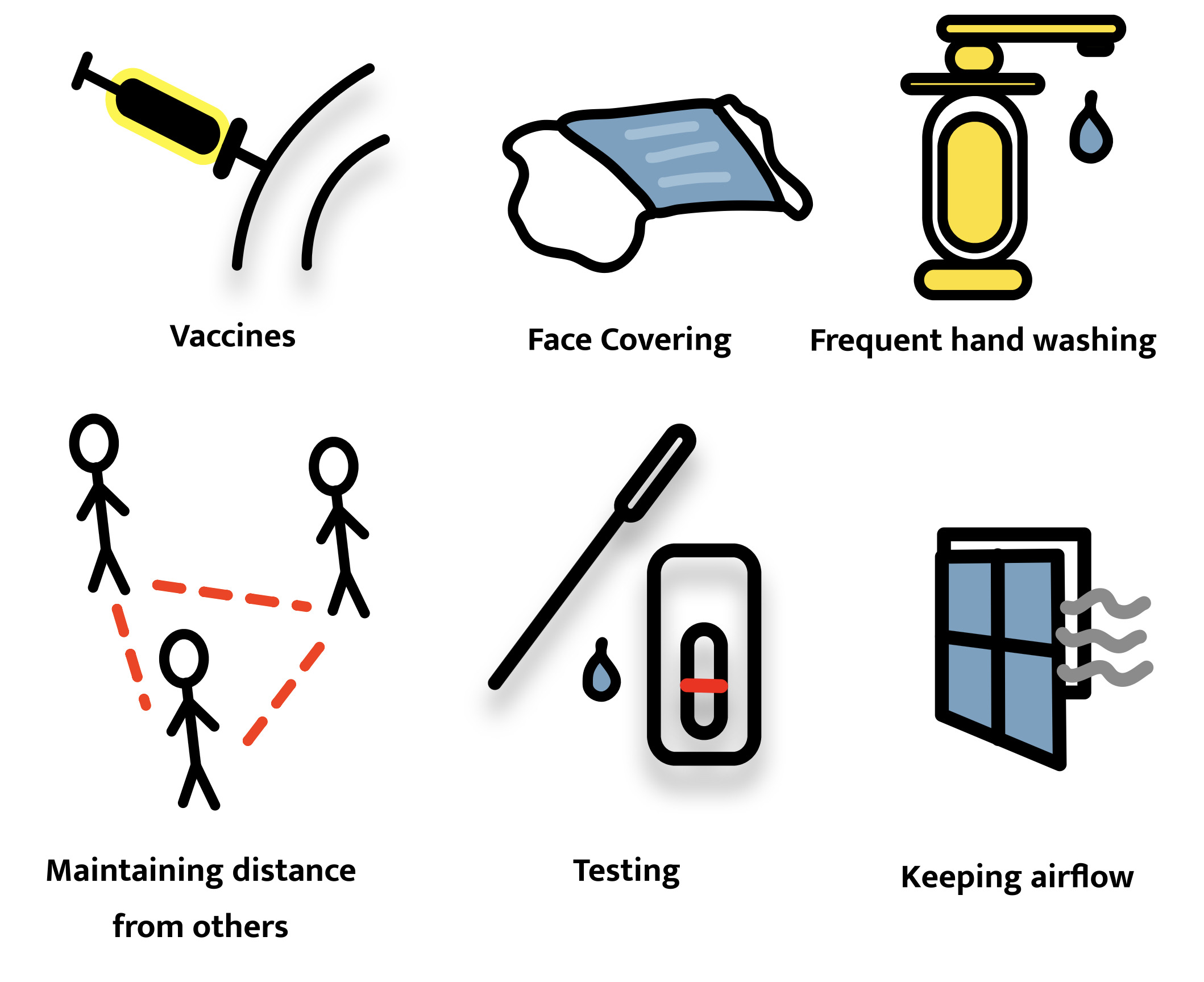Epidemics and Pandemics
Outbreak Overview
There are two types of outbreaks: epidemics and pandemics, depending on the size of the region affected. A disease outbreak can be deemed an epidemic if it is contained within a smaller area or population. When the outbreak spans countries and continents, it is considered a pandemic. The term endemic refers to an illness maintained by only a small group of people in a specific country [1].
As a result of the global impact of SARS-CoV-2, also known as "covid" or "coronavirus", we are more aware than ever of the impact of endemics and pandemics. Although this was an extremely difficult time for many families due to the death toll reaching upwards of 180,000 in the United Kingdom alone, as of July 2022, pandemics and epidemics have been around for many years. There is still a considerable prevalence of HIV/AIDS, causing 700,000 deaths by 2020, yet the disease does not often make headlines, especially in western areas, resulting in a lesser amount of research being conducted. A large amount of deaths relating to pandemics and epidemics can be a result of the impact of antibiotic resistance. [2,3].

Antibiotic resistance refers to the ability of bacteria to survive or grow in the presence of antibiotics. Hospitals, nursing homes, and other healthcare facilities are experiencing an increasing number of antibiotic-resistant bacteria. According to the World Health Organization (WHO), antibiotic-resistant infections cause the deaths of at least 700,000 people each year. Additionally, more than two million hospitalizations are caused by drug-resistant infections each year. Overuse of antibiotics by patients who do not take them only when they are prescribed is the most common cause of antibiotic resistance. Consequently, "superbugs" may develop that are resistant to all antibiotics known to science. Antimicrobials are also a major cause because they are misused and overused in animal feed, as well as on farms where animals are raised nearby. In natural processes, antimicrobial resistance results from mutations or horizontal gene transfers between bacteria via plasmids (small pieces of DNA) or transposons (large pieces of DNA). Vaccinations can also play a part in causing antibiotic resistance but also have the potential to be the deciding factor when battling against disease.[4].
A vaccine consists of weakened microorganisms or viruses that can be used to prevent disease. In order to manufacture vaccines, cells, proteins, and other components of pathogenic organisms are used. Vaccines do not contain live microorganisms or viruses, but instead, contain inactive forms of these organisms. As a result, the body's immune system can be trained to identify and combat disease-causing organisms. Immunization against diseases such as measles, mumps, rubella, chickenpox, and polio is enhanced when these vaccines stimulate the production of antibodies [5].
2BScientific Limited is passionate about ensuring that customers get the precise, required product and have a friendly and knowledgeable team ready to answer any technical queries. We have a wide range of disease and infection-based products including recombinant antibodies, antigens and PCR-related products.
2BScientific proudly presents our VIP suppliers! Aviva Systems Biology, BioXCell, Cosmo Bio, LSBio MabTech AB, Vector are all suppliers partnered with 2BScientific to ensure a comprehensive range of products is available to its customers. These suppliers are consistently and reliably providing a range of recombinant proteins as well as other biological products that may be relevant to this topic.